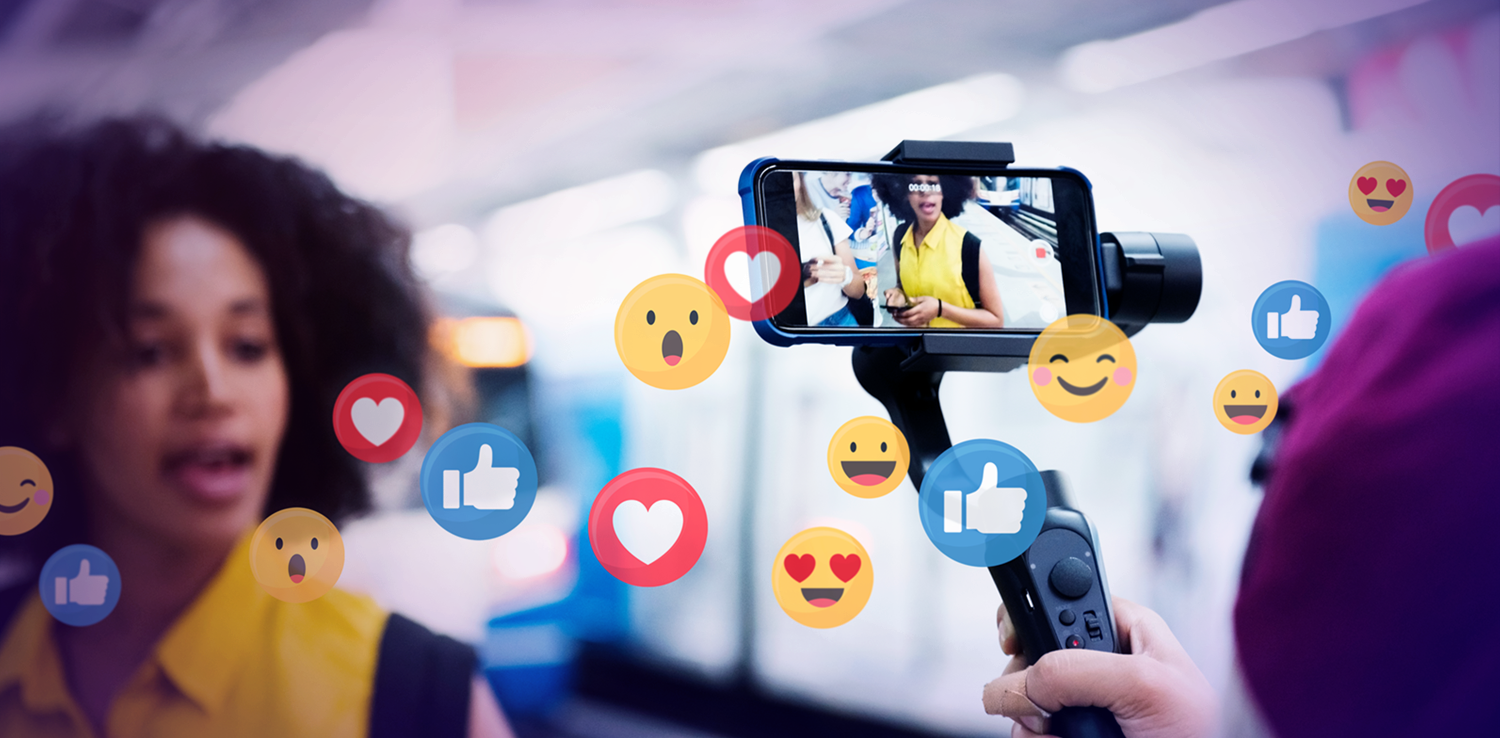The Evolution of Live Streaming
Live streaming has transformed the way we consume and interact with digital content, offering real-time engagement and connectivity across various platforms. From its humble beginnings to becoming a mainstream phenomenon, live streaming continues to evolve, driven by technological advancements, changing consumer behaviors, and innovative applications. In this article, we explore the journey of live streaming, its impact on media consumption, key milestones, and future trends shaping its evolution.

Origins and Early Adoption
Live streaming emerged in the late 1990s and early 2000s with pioneering platforms like Justin.tv (later rebranded as Twitch), which primarily focused on broadcasting live video feeds of everyday activities. Initially, live streaming was limited by technological constraints such as bandwidth limitations and streaming quality. However, it laid the groundwork for what would become a revolutionary way of experiencing events in real-time over the internet.
Rise of Social Media and Mainstream Adoption
The integration of live streaming features into social media platforms like Facebook Live, Instagram Live, and Twitter’s Periscope accelerated its popularity and accessibility. This integration enabled users to broadcast live video directly to their followers, democratizing the ability to share real-time experiences, events, and moments with a global audience. Businesses and content creators quickly recognized the potential of live streaming for marketing, customer engagement, and content distribution purposes.
Technological Advancements and Infrastructure
Advancements in technology have played a pivotal role in enhancing the quality and scalability of live streaming:
- Improved Video Compression: Efficient codecs and streaming protocols have optimized bandwidth usage and improved video quality, making high-definition and even 4K live streaming feasible.
- Low-Latency Streaming: Technologies like WebRTC (Web Real-Time Communication) have minimized latency, enabling near-real-time interaction between broadcasters and viewers, crucial for live sports, gaming, and interactive events.
- Mobile Accessibility: The proliferation of smartphones with high-quality cameras and mobile internet connectivity has empowered users to stream live from anywhere, expanding the reach and diversity of live streaming content.
Diverse Applications of Live Streaming
Live streaming has diversified beyond personal broadcasts to encompass a wide range of applications:
- Entertainment and Gaming: Platforms like Twitch and YouTube Gaming host live streams of gaming tournaments, esports events, and interactive gameplay sessions, attracting millions of viewers worldwide.
- Events and Conferences: Businesses leverage live streaming to broadcast conferences, product launches, and industry events, reaching a global audience and maximizing event participation.
- Education and Training: Educational institutions use live streaming for virtual classrooms, workshops, and distance learning programs, offering interactive experiences and fostering global collaboration.
- Social Causes and Activism: Live streaming has been instrumental in raising awareness, broadcasting protests, and mobilizing support for social causes and humanitarian efforts in real-time.
Monetization and Revenue Models
Live streaming has become a lucrative platform for monetization:
- Advertising and Sponsorships: Brands and advertisers partner with influencers and content creators for product placements, sponsorships, and targeted advertising during live streams.
- Subscription and Donations: Platforms offer subscription models and virtual gifts/donations from viewers as revenue streams for content creators, particularly in gaming and entertainment sectors.
- Pay-Per-View and Premium Content: Special events and exclusive content are monetized through pay-per-view models, offering premium experiences to paying viewers.
Future Trends in Live Streaming
Looking ahead, several trends are poised to shape the future of live streaming:
- Interactive and Immersive Experiences: Enhanced interactivity through chat features, polls, and augmented reality (AR) integrations will enrich viewer engagement.
- 5G and Edge Computing: The rollout of 5G networks and edge computing will enable faster, more reliable live streaming experiences with minimal latency, supporting higher resolutions and real-time interactions.
- AI and Personalization: AI-driven content recommendations, personalized streams, and automated production tools will streamline content creation and enhance viewer satisfaction.
- Integration with Virtual Reality (VR): Integration of VR technologies will enable immersive 360-degree live streaming experiences, transforming how users engage with live events and virtual environments.
Conclusion
Live streaming has evolved from a niche technology to a mainstream powerhouse, revolutionizing how we connect, share, and experience live events and content in real-time. As technological capabilities continue to advance and consumer preferences evolve, live streaming will remain at the forefront of digital media innovation, driving new forms of entertainment, communication, and engagement across global audiences. By embracing these trends and harnessing the power of live streaming, businesses, content creators, and individuals can leverage its transformative potential to reach and resonate with audiences in unprecedented ways.


